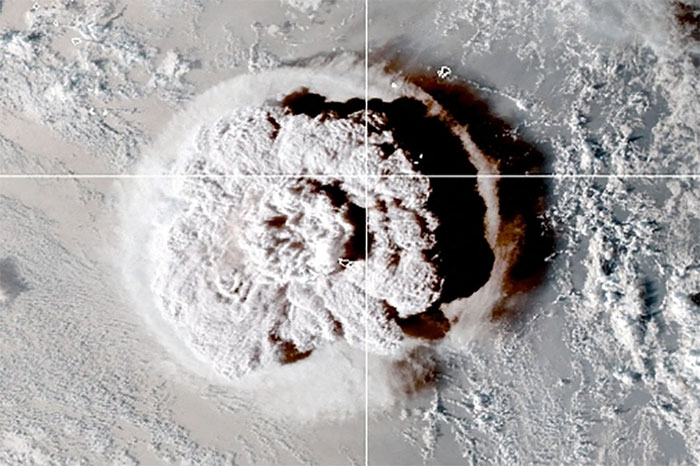A powerful earthquake measuring 8.2 on the Richter scale triggered a tsunami that spread across the globe last year, surprising the scientific community.
Recently, scientists from the California Institute of Technology (Caltech) announced that they have identified the source of the global tsunami that occurred in August of last year following the strong 8.2 magnitude earthquake near the South Sandwich Islands in the Atlantic Ocean.

Scientists warn of potential risks from complex earthquakes. (Illustrative image: Reuters).
The scientific community was taken aback because this tsunami was caused by an earthquake with an epicenter at a depth of 47 km—a depth typically not associated with tsunami generation. Initially, the earthquake was recorded with a magnitude of 7.5, but it was later adjusted to 8.2.
Research by the scientists indicates that the earthquake was actually a series of multiple earthquakes occurring within a few minutes. One of these earthquakes had a magnitude of 8.2 and an epicenter just 15 km below the surface.
Despite the earthquake’s significant magnitude, monitoring systems almost entirely failed to detect it because it was masked by seismic waves from other earthquakes.
The researchers believe that this “silent” earthquake caused a tsunami that spread globally, reaching the North Atlantic, Pacific, and Indian Oceans, affecting coastlines as far as 10,000 km away.
Although this tsunami did not cause major damage, researchers warn that complex earthquakes of this nature pose significant risks due to their difficulty in detection. “If we do not use the right data, we cannot know what is hidden beneath the surface,” warned Zhe Jia, a seismic researcher at Caltech.


















































